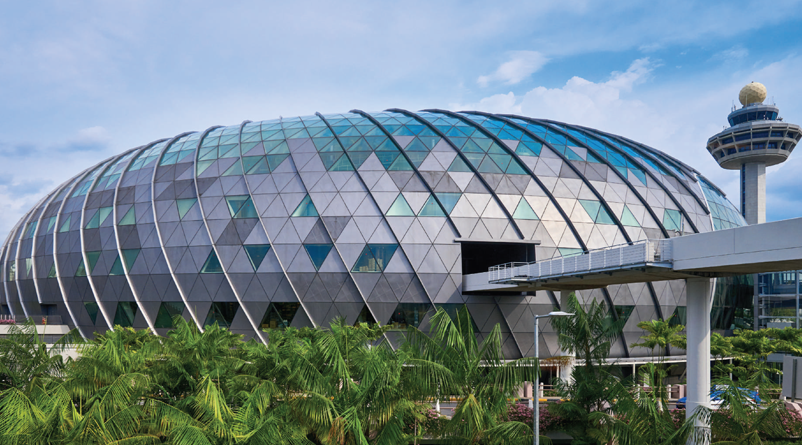In Modern architecture, safety is paramount. As buildings become taller, more complex, and more densely populated, the need for effective fire safety measures has never been greater. One innovative solution that is gaining traction in the industry is the use of fire-retardant aluminum composite sheets for building facades and interiors.
Understanding Fire-Retardant Aluminum Composite Panels
Aluminum Composite Panels (ACPs) are a popular choice for building facades due to their durability, versatility, and aesthetic appeal. However, standard ACPs can be flammable, posing a potential risk in the event of a fire. Fire-retardant ACPs, on the other hand, are designed to be more resistant to fire and less likely to contribute to the spread of flames.
These specialized panels typically feature a mineral-filled core sandwiched between two aluminum sheets. This core material is engineered to be highly fire-resistant, often meeting stringent fire safety standards such as the GB/T8627 B1 standard in China, the DIN 4102 A1/A2 standard in Germany, or the ASTM E84 standard in the US. By using fire-retardant ACPs, architects can create stunning facades that prioritize safety without compromising on design.
Benefits of Fire-Retardant Aluminum Composite Panels
1. Enhanced Fire Safety:
The primary benefit of using fire-retardant ACPs is the increased level of fire safety they provide. These panels are designed to be highly resistant to ignition and less likely to contribute to the spread of flames, reducing the risk of fire-related injuries and property damage.
2. Compliance with Fire Codes:
Many countries and regions have strict fire safety codes that buildings must adhere to. By incorporating fire-retardant ACPs into their designs, architects can ensure that their projects meet or exceed these requirements, reducing the risk of costly delays or non-compliance issues.
3. Versatility in Design:
Fire-retardant ACPs are available in a wide range of colors, finishes, and customizable sizes, allowing architects to create unique and visually striking facades that still prioritize safety. This versatility enables them to explore innovative design concepts without compromising on fire protection.
4. Durability and Low Maintenance:
Like standard ACPs, fire-retardant panels are highly durable and require minimal maintenance. They are resistant to weathering, corrosion, and impact, ensuring that buildings retain their aesthetic appeal for years to come.
Incorporating Fire-Retardant Aluminum Composite Panels into Architectural Design
When designing with Fire-Retardant ACPs, architects must consider several factors to ensure optimal performance and safety:
1. Fire Safety Standards:
It is crucial to select panels that meet or exceed the relevant fire safety standards for the project's location and intended use. This may involve consulting with local authorities or fire safety experts to determine the appropriate standards and testing requirements.
2. Facade System Design:
Fire-retardant ACPs are typically installed as part of a larger aluminum facade system, which includes substructures, fixings, and sealants. Architects must ensure that these components are also fire-resistant and compatible with the chosen panels to maintain the overall fire safety of the system.
3. Ventilation and Insulation:
Proper ventilation and insulation are essential for maintaining the thermal and acoustic performance of a building's facade. When using fire-retardant ACPs, architects must ensure that these systems are designed to work effectively with the panels, without compromising their fire-retardant properties.
4. Maintenance and Repair:
While fire-retardant ACPs are highly durable, they may require occasional maintenance or repair. Architects should provide clear instructions and guidance to building owners and managers on how to properly care for and maintain the panels, ensuring that their fire-retardant properties remain intact over time.
Case Studies: Successful Implementation of Fire-Retardant Aluminum Composite Panels
1. The Shard, London, UK:
This iconic skyscraper, designed by Renzo Piano, features a facade made of fire-retardant ACPs that meet the stringent fire safety requirements of the UK building code. The panels' unique design and high-performance characteristics have helped to establish The Shard as a landmark of modern architecture.
2. Shanghai Tower, Shanghai, China:
The second-tallest building in China, the Shanghai Tower, incorporates fire-retardant ACPs into its facade design. These panels not only enhance the building's fire safety but also contribute to its striking visual appearance, with a unique spiral design that twists as it rises.
3. Burj Khalifa, Dubai, UAE:
The world's tallest building, the Burj Khalifa, utilizes fire-retardant ACPs in its facade system. These panels play a crucial role in ensuring the safety of the building's occupants and visitors, while also contributing to its sleek and modern aesthetic.
Conclusion
As the demand for taller, more complex, and more densely populated buildings continues to grow, the need for effective fire safety measures has never been more pressing. Fire-retardant aluminum composite panels offer a compelling solution, combining enhanced fire safety with versatile design possibilities and long-lasting durability.
By incorporating these specialized panels into their designs, architects can create stunning facades that prioritize safety without compromising on aesthetics or performance. As the industry continues to evolve, it is clear that fire-retardant ACPs will play an increasingly important role in shaping the future of architectural design.





Comments